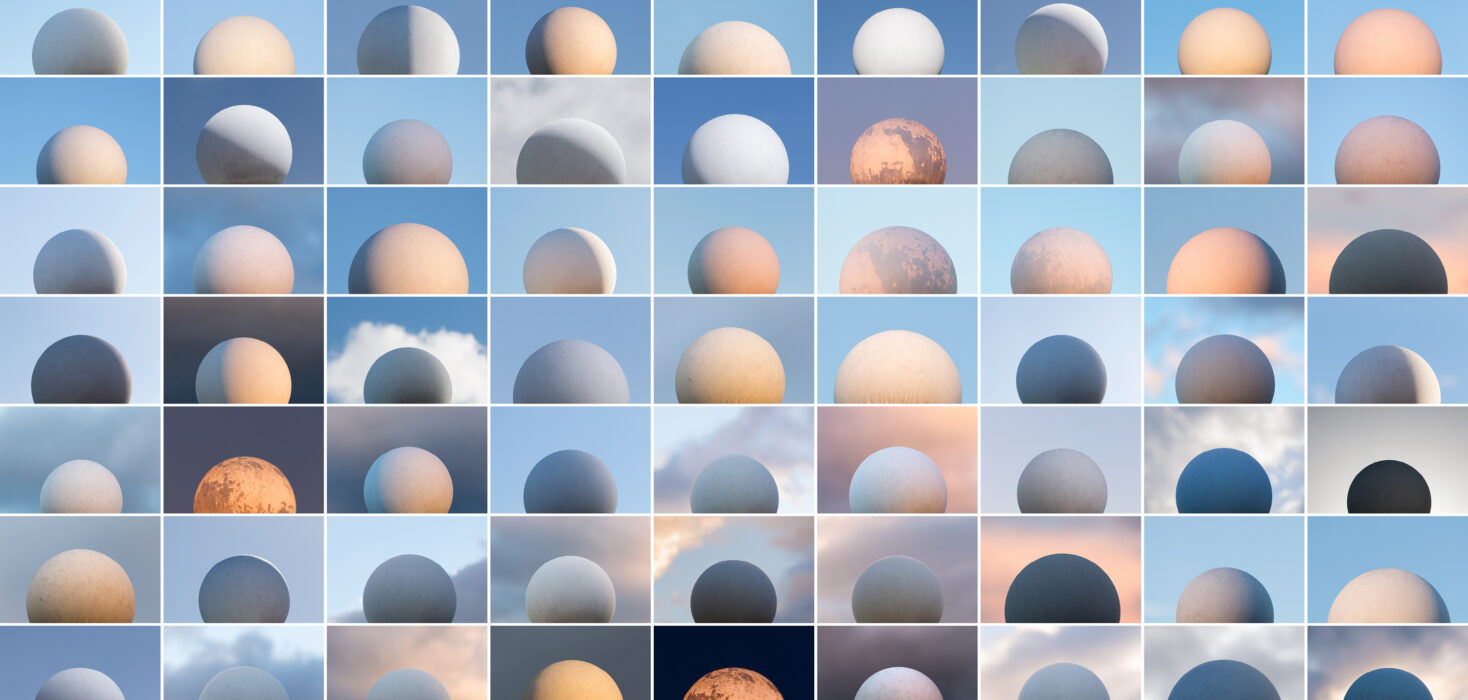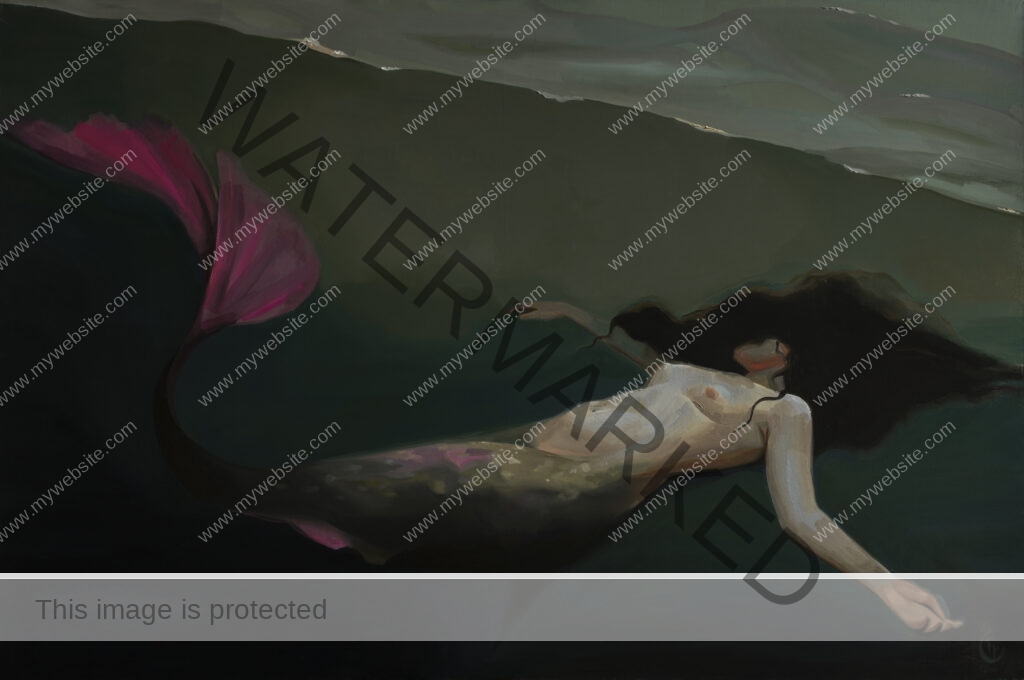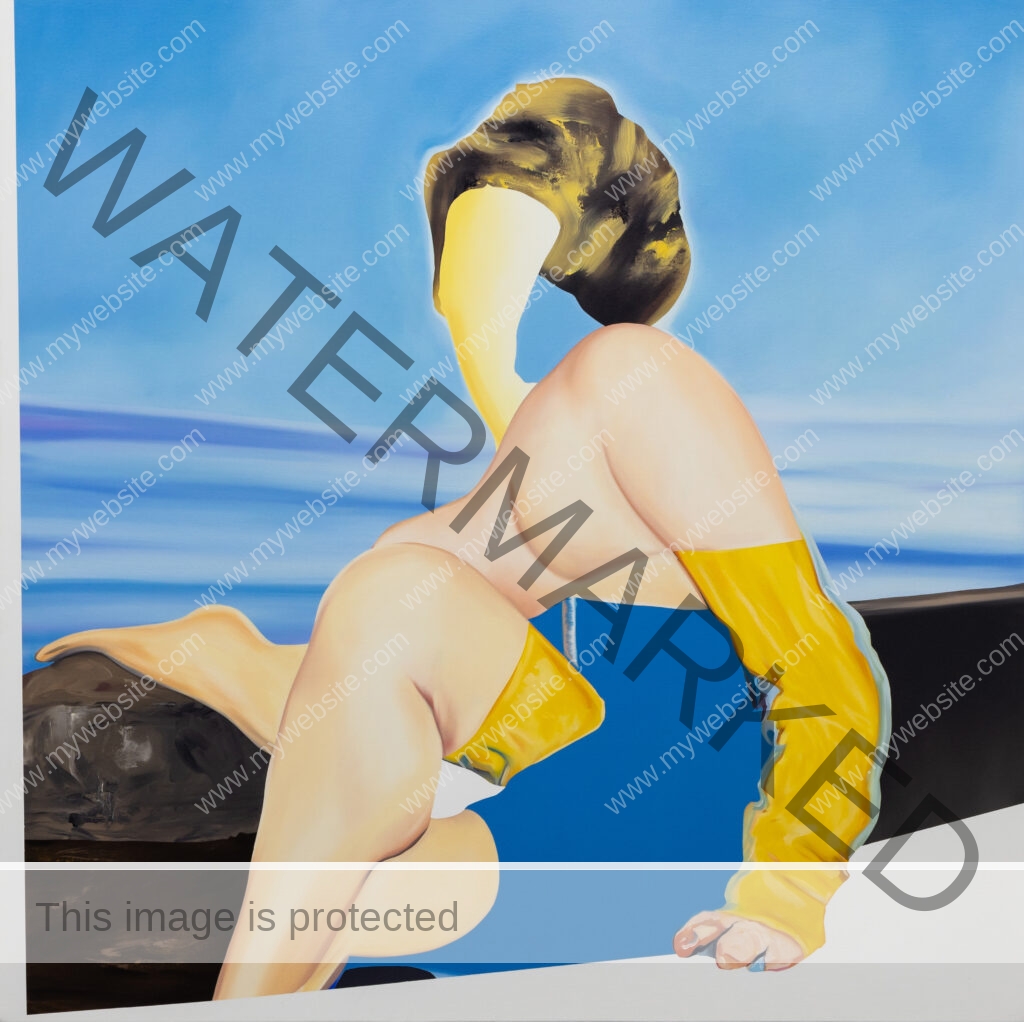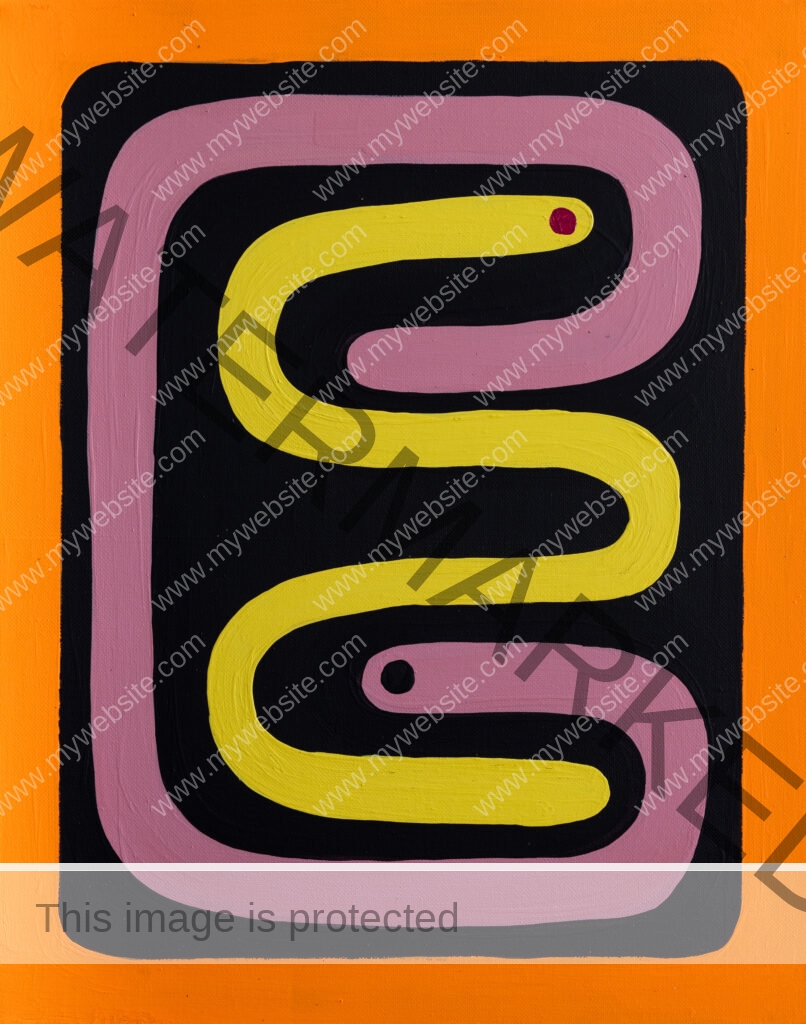
MÍRAME Fine Art: Top 5 Reasons the U.S. Misunderstands the Costa Rican Art Market
Despite Costa Rica's rich and diverse contemporary art scene, the U.S. art market often overlooks and misunderstands the country’s dynamic artistic communities. MÍRAME Fine Art, an online platform dedicated to spotlighting contemporary Costa Rican artists, aims to correct these misconceptions by showcasing the nation’s globally relevant talent.
Here are five key reasons why the Costa Rican Art Market is often misunderstood by U.S. buyers and why it deserves a fresh evaluation.
MÍRAME Contact Information:
-
Underrating Costa Rica's Artistic Diversity
Misconception: The U.S. market often assumes that Costa Rican art is narrowly focused on traditional or folk themes, such as depictions of tropical landscapes, wildlife, or indigenous traditions.
Reality: Costa Rica’s contemporary art scene is as diverse and sophisticated as any other. The misunderstanding that the country's artistic output is limited to pastoral or tourist-friendly motifs overlooks the vast range of styles, media, and conceptual work being produced by artists today.
Take, for example, Miguel Hernández Bastos, whose distinctive figurative works challenge the notion that Costa Rican art is purely decorative. Hernández Bastos employs an unconventional technique—using smoke from an oil lamp to create his ethereal figures. This method imbues his works with a sense of impermanence, as if the figures are dissolving into the air itself. Through these smoky, ghost-like forms, he explores themes of memory, transience, and the unseen forces that shape human experience. His work transcends traditional boundaries, offering a haunting meditation on both the fragility and strength of human presence.
MÍRAME Fine Art provides a platform for these varied expressions, helping break down the outdated view that Costa Rican art is purely tropical. Other examples include Carolina Guillermet and her geometric paintings and tapestries that reflect her architectural interests, as well as Karla Herencia and her layered, textural sculptures that explore the emotional implications of environmental issues.
These are examples of Costa Rican artists who are contributing to global conversations in fine art—yet they remain largely overlooked in the U.S.
-
Misjudging the Economic Viability of the Costa Rican Art Market
Allegra Pacheco, Snakes Ying Ying, Acrylic on canvas
Misconception: There is a lingering perception that Costa Rican art is inexpensive or less valuable compared to works from other regions, particularly the U.S. or Europe.
Reality: The value of Costa Rican art has been steadily rising on the international stage, with global collectors increasingly recognising its depth and sophistication. As Costa Rica’s contemporary artists gain international exhibitions and sales, the art market is beginning to reflect this shift. Yet, U.S. collectors are still behind the curve.
Artists like Allegra Pacheco and Luciano Goizueta, whose works are represented at MÍRAME Fine Art, exemplify this emerging market. Luciano views life as a cycle, exploring how different spaces influence his artistic process. His work emphasises documentation, reflecting our modern tendency to capture moments through technology, which leaves behind traces of our lives. He connects these physical and mental records, highlighting the layers of memory in his art. Meanwhile, Pacheco’s intimate yet powerful fighter paintings alongside her ceramics are capturing serious attention from international buyers, showcasing the unique narratives embedded in her work.
Pacheco and Goizueta recently participated in a group exhibition of Costa Rican Contemporary Art “Seguimos” at Craig Krull Gallery in Santa Monica in 2024, further highlighting the growing recognition of Costa Rican art on the international stage.
By providing a streamlined, secure means of purchasing Costa Rican art, MÍRAME Fine Art aims to play an important role in raising the profile of these artists, and the Costa Rican Art Market, helping their works reach discerning collectors globally.
-
Overlooking the Role of Technology in Expanding the Costa Rican Art Market
 Emilia Cantor, El Sueño De La Sirena, Oil on canvas
Emilia Cantor, El Sueño De La Sirena, Oil on canvas
Misconception: U.S. buyers often assume that Costa Rica’s art market is underdeveloped, relying on local galleries or word-of-mouth sales, and is disconnected from the global art economy.
Reality: Far from lagging behind, the Costa Rican art market is evolving with the times, particularly through platforms like MÍRAME Fine Art, which uses technology to connect artists with collectors around the world. Digital platforms have democratised access to the country's emerging talent, allowing collectors in the U.S. and beyond to explore and acquire works that would otherwise be difficult to discover.
Innovations like augmented reality and secure global shipping have made it easier than ever to purchase contemporary Costa Rican art. Emilia Cantor’s mysterious figures, which inhabit otherworldly scenes, blend classical and contemporary techniques with bright blocks of colour. Through MÍRAME Fine Art’s platform, these unique works are now accessible to global collectors, streamlining the logistics of international art sales.
-
Equating Costa Rican Art with Tourism or Souvenirs
 Emmanuel Rodriguez-Chaves, Hallunication Or The Labyrinth Of The Simulated, Oil on canvas
Emmanuel Rodriguez-Chaves, Hallunication Or The Labyrinth Of The Simulated, Oil on canvas
Misconception: Many U.S. buyers associate Costa Rican art with mass-produced souvenirs aimed at tourists, rather than seeing it as a serious fine art market.
Reality: While there is undoubtedly a market for tourist art in Costa Rica, this only scratches the surface of the country’s fine art scene. Many contemporary Costa Rican artists are highly trained, internationally connected, and producing unique, thought-provoking works that stand apart from the tourist-oriented market.
MÍRAME Fine Art seeks to elevate the profile of these artists by introducing them to collectors looking for serious, investment-grade pieces. For instance, Emmanuel Rodríguez-Chaves and Christian Porras engage with international art dialogues through their conceptual and environmental practices. Rodríguez-Chaves interrogates how contemporary art navigates the manipulation of images and socio-political imaginaries, while Porras merges his musical background with abstraction and cultural commentary, drawing inspiration from local landscapes.
Additionally, artists like Carlos Fernández exemplify the blending of Costa Rican traditions with contemporary themes. He redefines abstraction by incorporating natural elements into his paintings, using materials like turmeric, achiote, and soil, which enhance the aesthetic and connect the art to Costa Rica’s rich biodiversity.
![]() Carlos Fernández, The Botanics of Gessner, Acrylic on canvas
Carlos Fernández, The Botanics of Gessner, Acrylic on canvas
-
Underestimating the Influence of Costa Rican Culture on Contemporary Art
Misconception: U.S. buyers often fail to appreciate the depth of cultural, environmental, and social influences that inform Costa Rican contemporary art, reducing it to tropical aesthetics without understanding its context.
Reality: Costa Rican artists are deeply engaged with the country's cultural heritage, environmentalism, and social movements, all of which play a critical role in shaping their work. Many of the artists represented by MÍRAME Fine Art incorporate themes of sustainability, social justice, and identity into their work, making it culturally rich and globally relevant.
For example, photographer Leonardo Ureña’s exploration of digital representation reflects the modern tensions between the prevailing selfie culture and our interconnectedness with our environment, while Susan Adam’s landscapes are as much about the fragility of the environment as they are about their visual beauty. These works offer U.S. collectors a unique insight into the country’s contemporary artistic and cultural landscape, positioning Costa Rican artists as valuable contributors to the global art market.
Conclusion
The U.S. art market may still be catching up to the realities of Costa Rica’s dynamic and diverse art scene, but change is on the horizon. Platforms like MÍRAME Fine Art are leading the way, breaking down misconceptions and helping introduce a new wave of contemporary Costa Rican artists to the global stage. For collectors looking to invest in under-appreciated talent and fresh perspectives, the Costa Rican Art Market is a hidden gem waiting to be discovered.


 Afrikaans
Afrikaans Albanian
Albanian Amharic
Amharic Arabic
Arabic Armenian
Armenian Azerbaijani
Azerbaijani Basque
Basque Belarusian
Belarusian Bengali
Bengali Bosnian
Bosnian Bulgarian
Bulgarian Catalan
Catalan Cebuano
Cebuano Chichewa
Chichewa Chinese (Simplified)
Chinese (Simplified) Chinese (Traditional)
Chinese (Traditional) Corsican
Corsican Croatian
Croatian Czech
Czech Danish
Danish Dutch
Dutch English
English Esperanto
Esperanto Estonian
Estonian Filipino
Filipino Finnish
Finnish French
French Frisian
Frisian Galician
Galician Georgian
Georgian German
German Greek
Greek Gujarati
Gujarati Haitian Creole
Haitian Creole Hausa
Hausa Hawaiian
Hawaiian Hebrew
Hebrew Hindi
Hindi Hmong
Hmong Hungarian
Hungarian Icelandic
Icelandic Igbo
Igbo Indonesian
Indonesian Irish
Irish Italian
Italian Japanese
Japanese Javanese
Javanese Kannada
Kannada Kazakh
Kazakh Khmer
Khmer Korean
Korean Kurdish (Kurmanji)
Kurdish (Kurmanji) Kyrgyz
Kyrgyz Lao
Lao Latin
Latin Latvian
Latvian Lithuanian
Lithuanian Luxembourgish
Luxembourgish Macedonian
Macedonian Malagasy
Malagasy Malay
Malay Malayalam
Malayalam Maltese
Maltese Maori
Maori Marathi
Marathi Mongolian
Mongolian Myanmar (Burmese)
Myanmar (Burmese) Nepali
Nepali Norwegian
Norwegian Pashto
Pashto Persian
Persian Polish
Polish Portuguese
Portuguese Punjabi
Punjabi Romanian
Romanian Russian
Russian Samoan
Samoan Scottish Gaelic
Scottish Gaelic Serbian
Serbian Sesotho
Sesotho Shona
Shona Sindhi
Sindhi Sinhala
Sinhala Slovak
Slovak Slovenian
Slovenian Somali
Somali Spanish
Spanish Sundanese
Sundanese Swahili
Swahili Swedish
Swedish Tajik
Tajik Tamil
Tamil Telugu
Telugu Thai
Thai Turkish
Turkish Ukrainian
Ukrainian Urdu
Urdu Uzbek
Uzbek Vietnamese
Vietnamese Welsh
Welsh Xhosa
Xhosa Yiddish
Yiddish Yoruba
Yoruba Zulu
Zulu